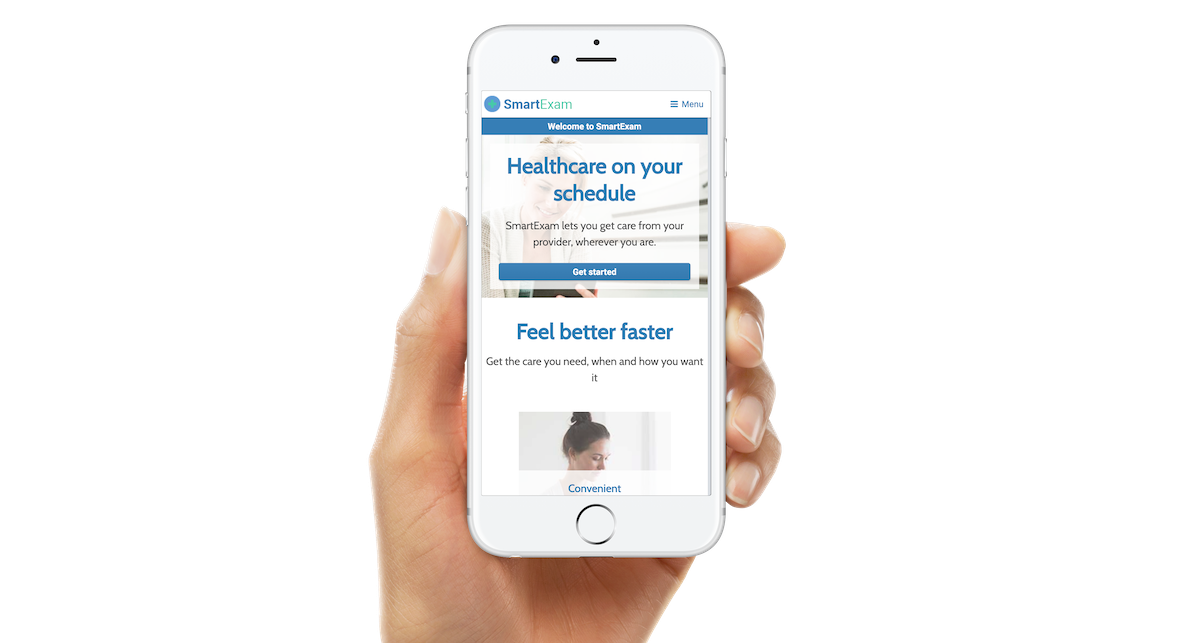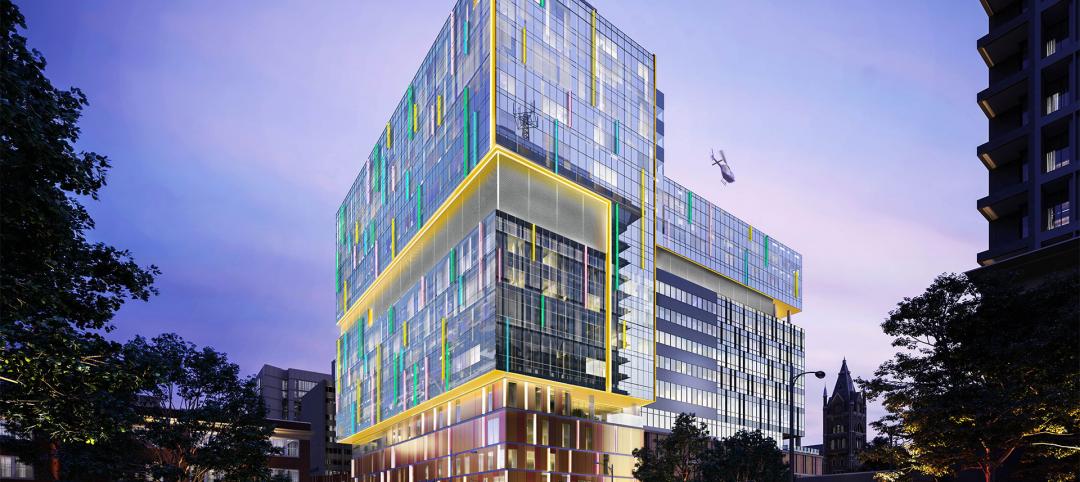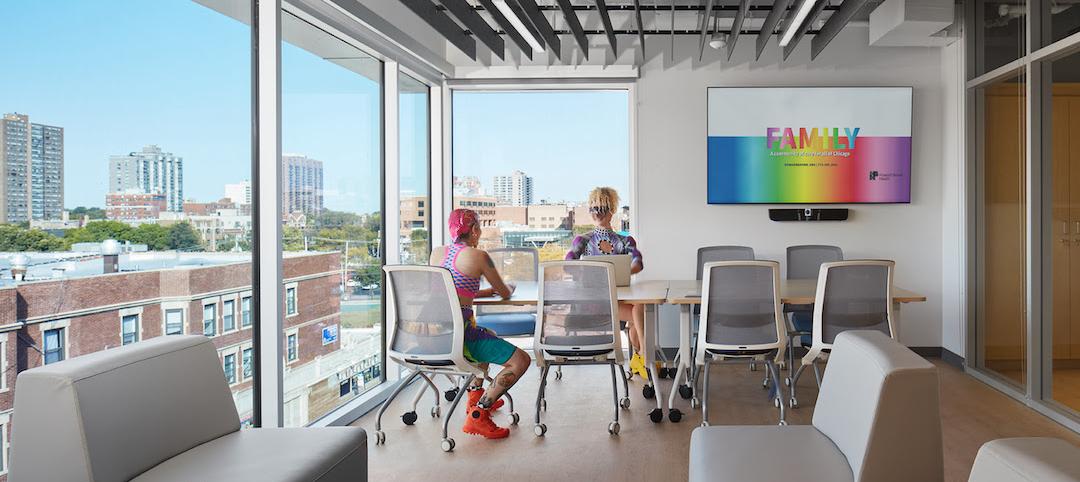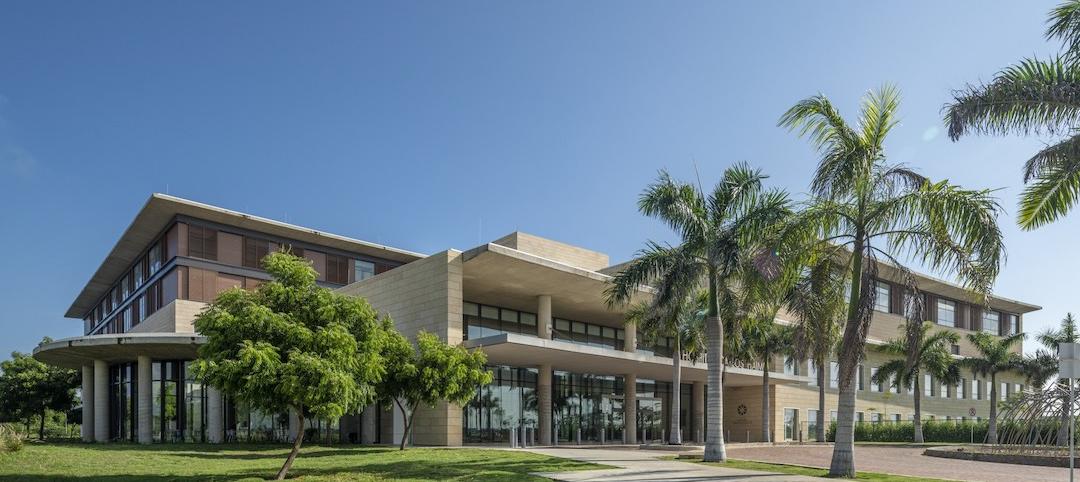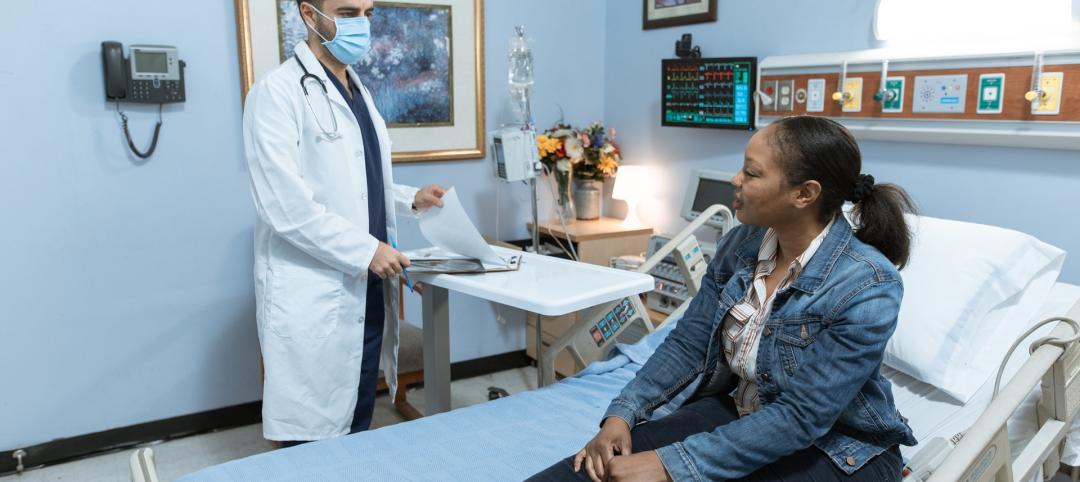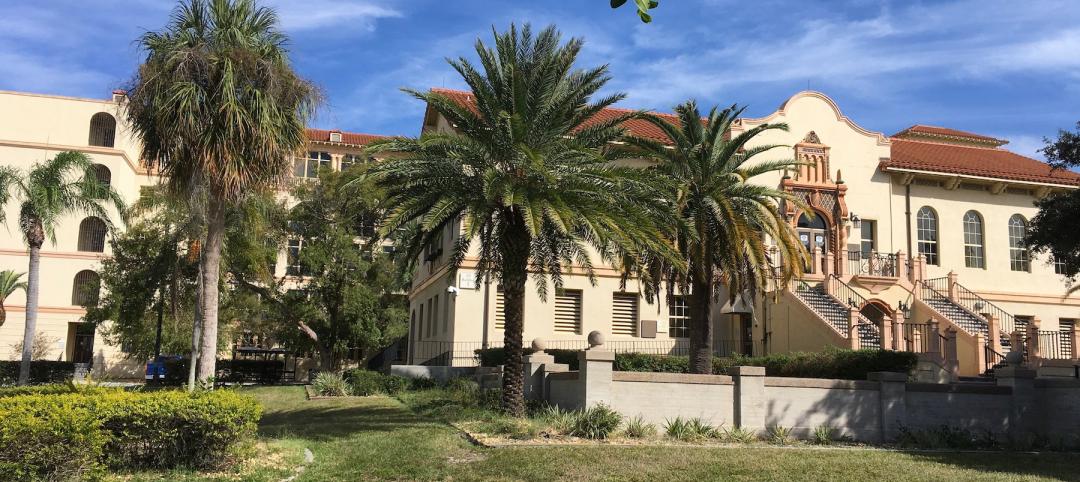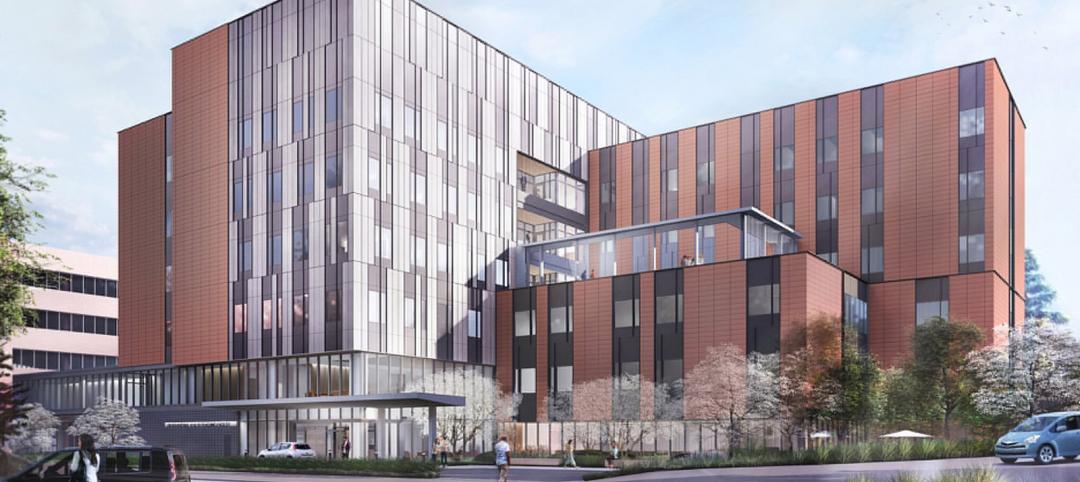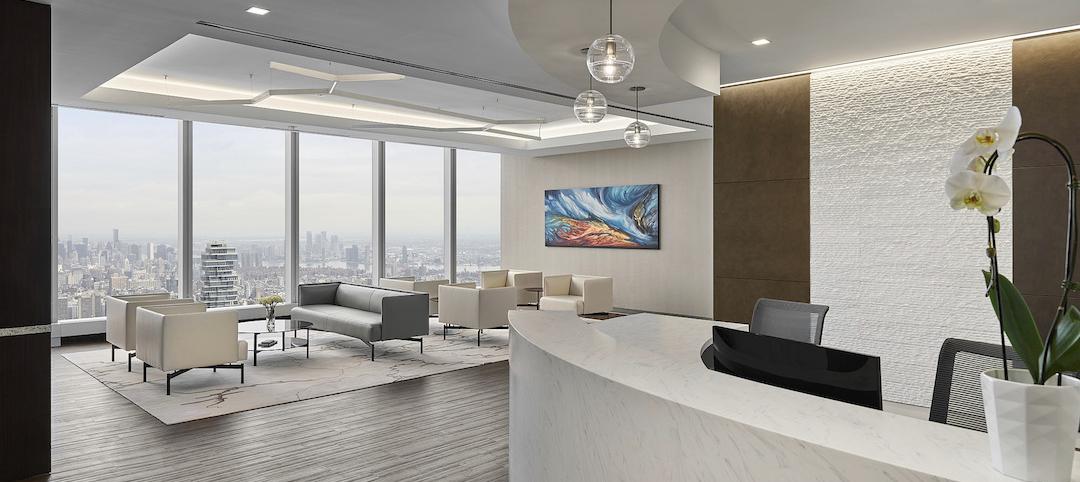Retail healthcare has been around for more than two decades, giving millions of people access to healthcare in nontraditional medical settings oftentimes referred to as “convenient care clinics.” Yet, it has been more recently that we’ve witnessed the popularity of these facilities take off in a remarkable fashion.
While 10 years ago there were only 350 retail health clinics in the U.S., today, the number exceeds 3,000, according to McKinsey. The number of visitors and scope of services provided have expanded significantly.
What is driving the consumerization of the healthcare experience? Physical access is certainly an important factor, because most healthcare consumers live in or around urban areas.
But there are other components at play, too. These include an easy process for making an appointment or, in many cases, the ability to simply walk in for service; convenient payment options either out of pocket or through health insurance; and lower costs compared to emergency room visits and private physicians.
Retail healthcare has succeeded, in large part, because it has adopted a unique personality that does not try to mimic a hospital experience. It plays up its differentiators and appeals to consumers’ desire for efficient and convenient care. This niche sector is far from mature. The future of retail health will encompass more options for preventative approaches and wellness with an emphasis on education.
In addition, payers are shifting to paying for convenience care to drive down hospitalization. As healthcare in the U.S. moves to value-based care, it will be more about prevention and education.
‘Patients expect care to be as convenient as ordering an Uber or requesting food delivery.
It makes sense that retail health has a big opportunity to continue to serve customers 24/7
through artificial intelligence and virtual healthcare.’
— Ray Costantini, CEO, Bright.MD
New players are reacting by redefining what retail health might look like by embracing technologies including mobile apps, telehealth, and artificial intelligence—and even creating new healthcare segments that directly address what we eat. As a result of the consumer’s engagement in proactively managing their health, we are confident that there will be more retail-driven solutions focused on fresh and healthy food and other related products and services.
Consumer demands change continuously, but this is nothing compared to the pace of innovation in the healthcare sector. Add to this an evolving view of what defines and influences individual and societal “health,” and it becomes clear why so many players are trying to stake a claim in a relatively young market.
Companies outside of healthcare—including tech powerhouses such as Apple, Google, Microsoft, and Amazon, as well as retail giants such as Disney, Walmart, Levi Strauss & Co., and 7-Eleven—all are exploring how they can be influencers in this space. Some providers may choose to go it alone; others will depend on strategic partnerships to advance their strategy. And in many cases, this may require thinking outside the clinics.
As healthcare systems experience a more competitive environment, they are becoming increasingly more patient-centric. They are responding by providing new retail-like services including food options as part of their patient experience strategy. One of these new retail services that thinks beyond the clinic includes the delivery of healthy food and other health-related items to enhance the consumer experience was developed by 7-Eleven.
“7-Eleven is always looking for new ways to provide convenience to customers, and we have been exploring nontraditional retail sites to offer the products and services most needed there,” said Charles Bantos, 7-Eleven’s Director of Corporate Development. “With our growing selection of better-for-you foods and beverages, hospitals seemed a natural fit. They, too, are open 24 hours, with medical staff, patients, and families needing a variety of items at all times of day. That is 7-Eleven’s specialty: Meeting our customers when and where they need it most.”
Dick Escue, Healthcare CIO and Innovation Leader at Fortium Partners, agrees with the notion of thinking outside the walls of a traditional retail clinic. “While retail health is a great alternative to primary care for many people, it is still limited because it is not typically 24/7 and is restricted to being inside a building.”
Escue explained the potential for growth that exists if and when retail health leaders incorporate virtual healthcare and mobile applications outside the walls of a clinic, reaching those individuals who can’t drive, don’t have the time, or simply think their medical needs can be handled more efficiently from their home or office.
For those serving organizations delivering healthcare services—be it medical services, healthy food and convenience, or technology that may lead to better patient outcomes—we need to stay ahead of how retail health is going to expand even further as technologies such as virtual health, blockchain, and artificial intelligence become more of our everyday reality. The healthcare consumer of tomorrow will come to expect an incredible experience, as efficiently as possible, for the lowest cost possible, all while positively impacting their health outcomes.
Tech meets retail health
It’s no easy task staying on top of how new technology is transforming healthcare delivery. For example, the budding field of artificial intelligence is only just beginning to shape solutions for more efficient treatments and better patient care. SmartExam, a virtual care platform by Portland, Oregon-based Bright.MD, attracts a significant number of patients under the age of 40 who do not have a primary care doctor and want a convenient experience. SmartExam delivers direct-to-patient care remotely for more than 450 low-acuity conditions without video. It is being used at several locations, including Providence Healthcare’s retail care facilities in the Northwest. The competitive healthcare environment has made branding, price, and patient-centricity core components of the retail marketing strategy.
“Patients expect care to be as convenient as ordering an Uber or requesting food delivery,” said Ray Costantini, CEO of Bright.MD. “It makes sense that retail health has a big opportunity to continue to serve customers 24/7 through artificial intelligence and virtual healthcare.”
The ubiquitous use of technology by millennials and the generations that follow will continue to drive innovation. For example, Uber is addressing the issue of missed doctors’ appointments due to lack of reliable transportation through Uber Health, which allows healthcare associates to book rides for those in need via an online dashboard. Autonomous vehicles with lockboxes may soon be equipped to deliver pharmaceuticals to retail outlets. Drones could deliver uncommon medical equipment to retail outlets.
The futurist Ray Kurzwell teaches that “our intuition about the future is linear, but information technology is exponential.” What does this mean for retail healthcare? A future that we can barely imagine is just around the corner.
About the Authors
Lisa Feeley is VP, Project & Construction Management with Transwestern. Sarah Carter is VP, Healthcare Advisory Services with Transwestern
Related Stories
Healthcare Facilities | Dec 15, 2021
COVID-19 has altered the speed and design of healthcare projects, perhaps irrevocably
Healthcare clients want their projects up and running quicker, a task made more complicated by the shortage of skilled labor in many markets.
Healthcare Facilities | Dec 15, 2021
MEP design considerations for rural hospitals
Rural hospitals present unique opportunities and challenges for healthcare facility operators. Oftentimes, the infrastructure and building systems have not been updated for years and require significant improvements in order to meet today’s modern medical demands. Additionally, as these smaller, more remote hospitals are acquired by larger regional and national healthcare systems, the first step by new ownership is often to update and rehabilitate the building. But how can this be done thoughtfully, economically, and efficiently in ways that allow the engineering and facility staff to adapt to the changes? And how can the updates accurately reflect the specific needs of rural communities and the afflictions with which these areas most commonly face?
Healthcare Facilities | Dec 7, 2021
Wheeler Kearns Architects completes Howard Brown Health’s Broadway Youth Center in Chicago
The new facility will provide medical and social service programs to LGBTQI+ youth.
Healthcare Facilities | Nov 23, 2021
Why vertical hospitals might be the next frontier in healthcare design
In this article, we’ll explore the opportunities and challenges of high-rise hospital design, as well as the main ideas and themes we considered when designing the new medical facility for the heart of London.
Healthcare Facilities | Nov 12, 2021
Centro Hospitalario Serena Del Mar is Safdie Architects’ first project in Latin America
The hospital project is characterized by its connectivity to nature.
Healthcare Facilities | Nov 2, 2021
Key design considerations for designing the smart patient room
The complete patient experience encompasses the journey to the hospital, the care experience, and the trip back home. All these touchpoints come with an expectation.
Cladding and Facade Systems | Oct 26, 2021
14 projects recognized by DOE for high-performance building envelope design
The inaugural class of DOE’s Better Buildings Building Envelope Campaign includes a medical office building that uses hybrid vacuum-insulated glass and a net-zero concrete-and-timber community center.
Healthcare Facilities | Oct 22, 2021
The VA is updating what once was the main hospital on a Florida medical campus
The renovated Building One will provide outpatient services.
Healthcare Facilities | Oct 21, 2021
UW Medical Center starts construction on Behavioral Health Teaching Facility
Will add much-needed patient bed capacity for Seattle.
Healthcare Facilities | Oct 20, 2021
Ware Malcomb completes Princeton Longevity Center at 1 World Trade Center
The project is located on the 71st floor.


